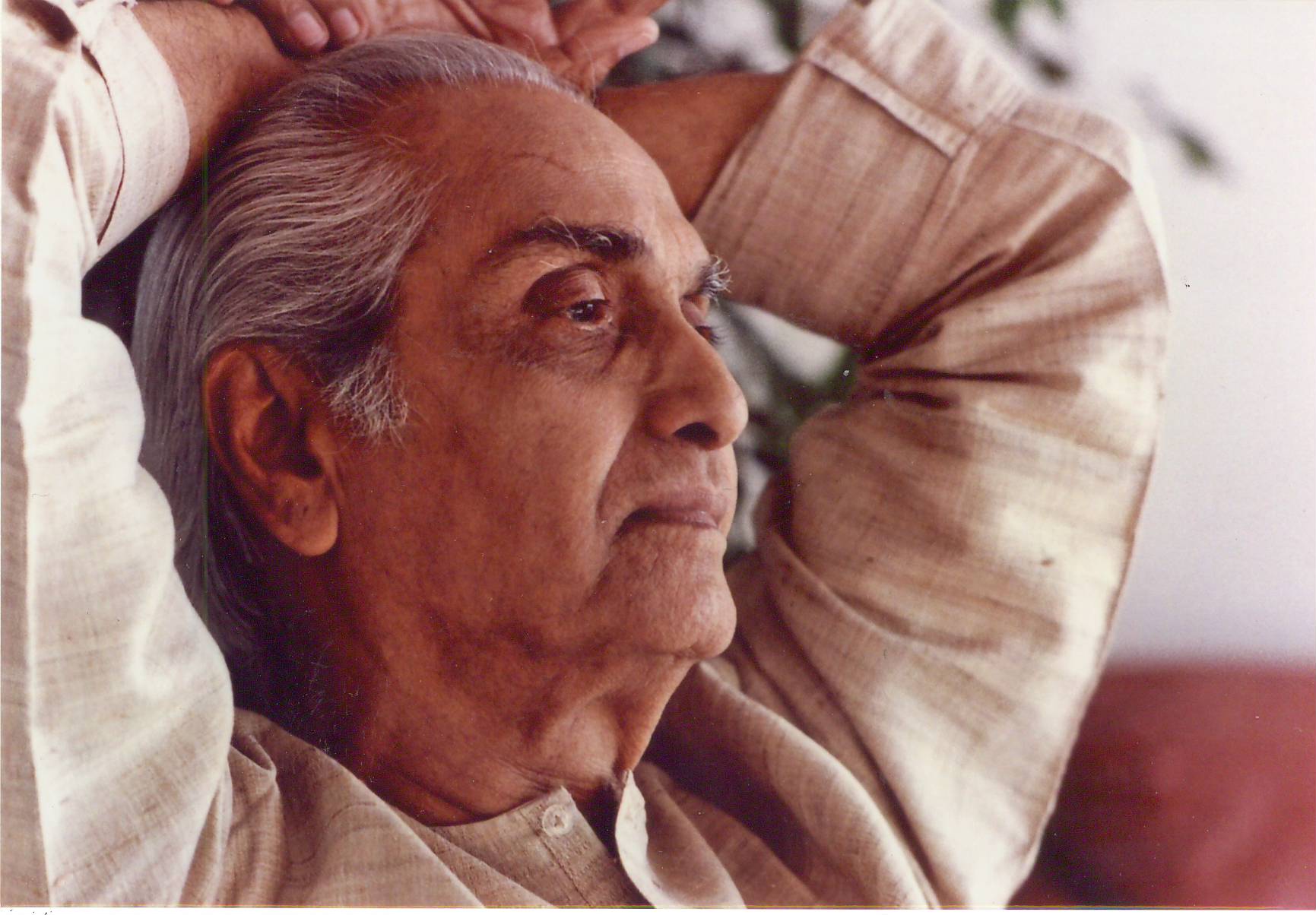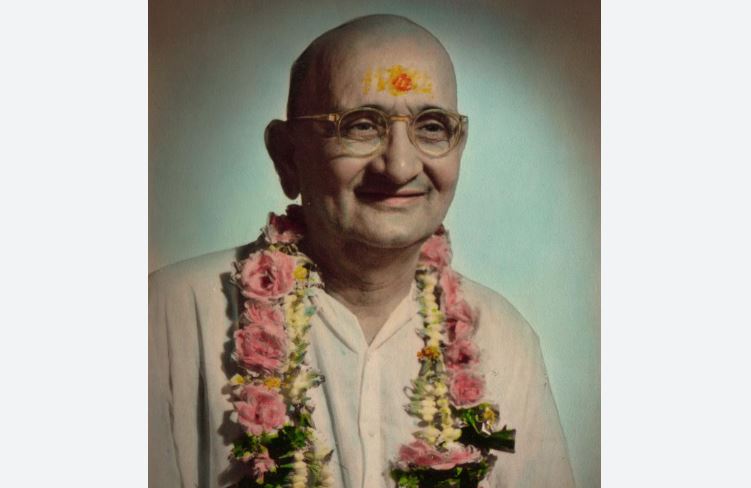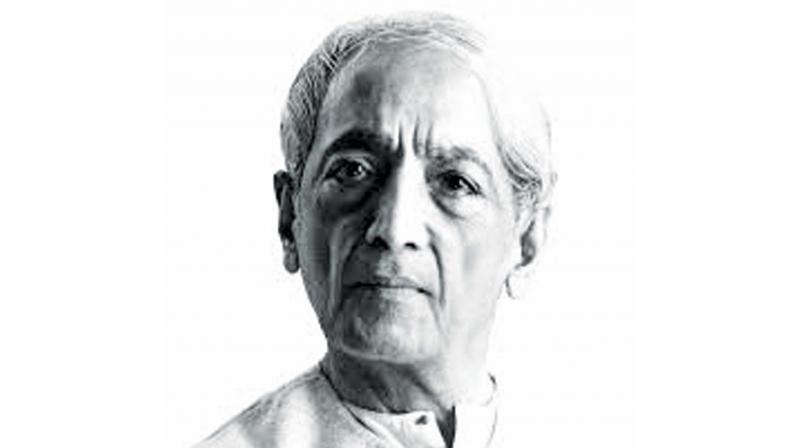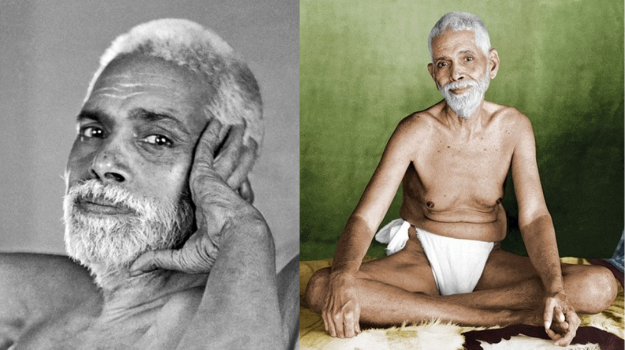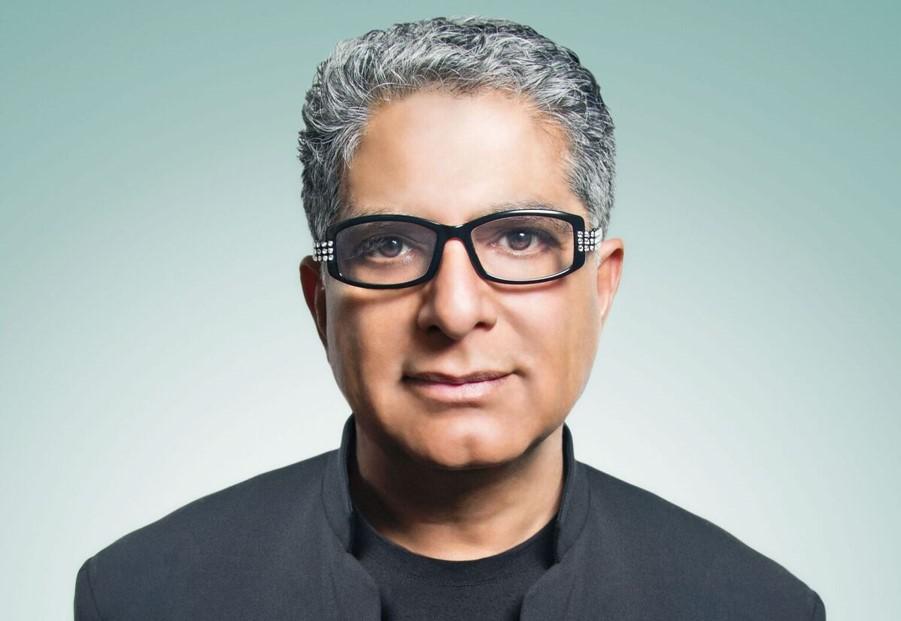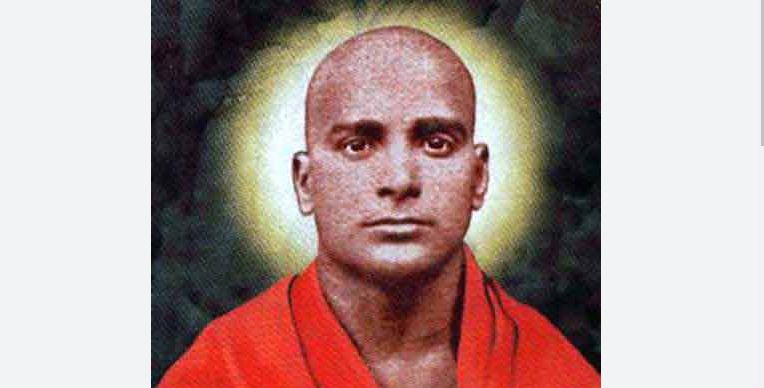Ramesh Balsekar
What is it that gives sentience – capacity to feel sensations, to respond to stimuli – to a sentient being? What is it that distinguishes a person who is alive from the one who is dead? It is, of course, the sense of being, the knowledge of being present, consciousness, the activizing spirit which animates the physical construct of the body.
It is consciousness indeed that manifests itself in individual forms and gives them apparent existence. In human beings through such manifestation arises the concept of a separate ‘I’. In each individual the Absolute gets reflected as awareness, and thus pure Awareness becomes self-awareness, or consciousness.
The objective universe is in continuous flux, constantly projecting and dissolving innumerable forms. Whenever a form is created and is infused with life (Prana), consciousness (Chetna) appears, simultaneously and automatically, by the reflection of the Absolute Awareness in matter.
Consciousness, it must be clearly understood, is a reflection of the Absolute against the surface of matter, bringing about a sense of duality. As different from it, pure Awareness, the Absolute state, is without beginning and end, without the need of any support other than itself. Awareness becomes consciousness only when it has an object to reflect against. Between pure Awareness and awareness reflected as consciousness, says (Nisargadatta) Maharaj there is a gap which the mind cannot cross.
Reflection of the sun in a drop of dew is not the sun! Manifested consciousness is time-bound inasmuch as it disappears as soon as the physical construct it inhabits comes to an end. Nevertheless, according to Maharaj, it is the only ‘capital’ a sentient being is born with. And manifested consciousness being his only connection with the Absolute, it becomes the only instrument by which the sentient being can hope to get an illusory liberation from the ‘individual’ he believes himself to be. By being one with his consciousness and treating it as his Atma, his God, he can hope to attain what he thinks as the unattainable.
What is the actual substance of this animating consciousness? Obviously, it must be physical material because in absence of the physical form it cannot survive. Manifested consciousness can exist only as long as its abode, the body, is kept in a sound and habitable condition. Although consciousness is a reflection of the Absolute, it is time-bound and can be sustained only by the food material, comprising the five elements, that the physical body is. Consciousness resides in a healthy body and abandons it when it is decayed and moribund. Reflection of the sun can be seen only in a clear dewdrop, not in a muddy one.
Excerpted from ‘Pointers from Nisargadatta Maharaj.’ The 102nd birth anniversary of Ramesh S. Balsekar is being observed on May 25.

